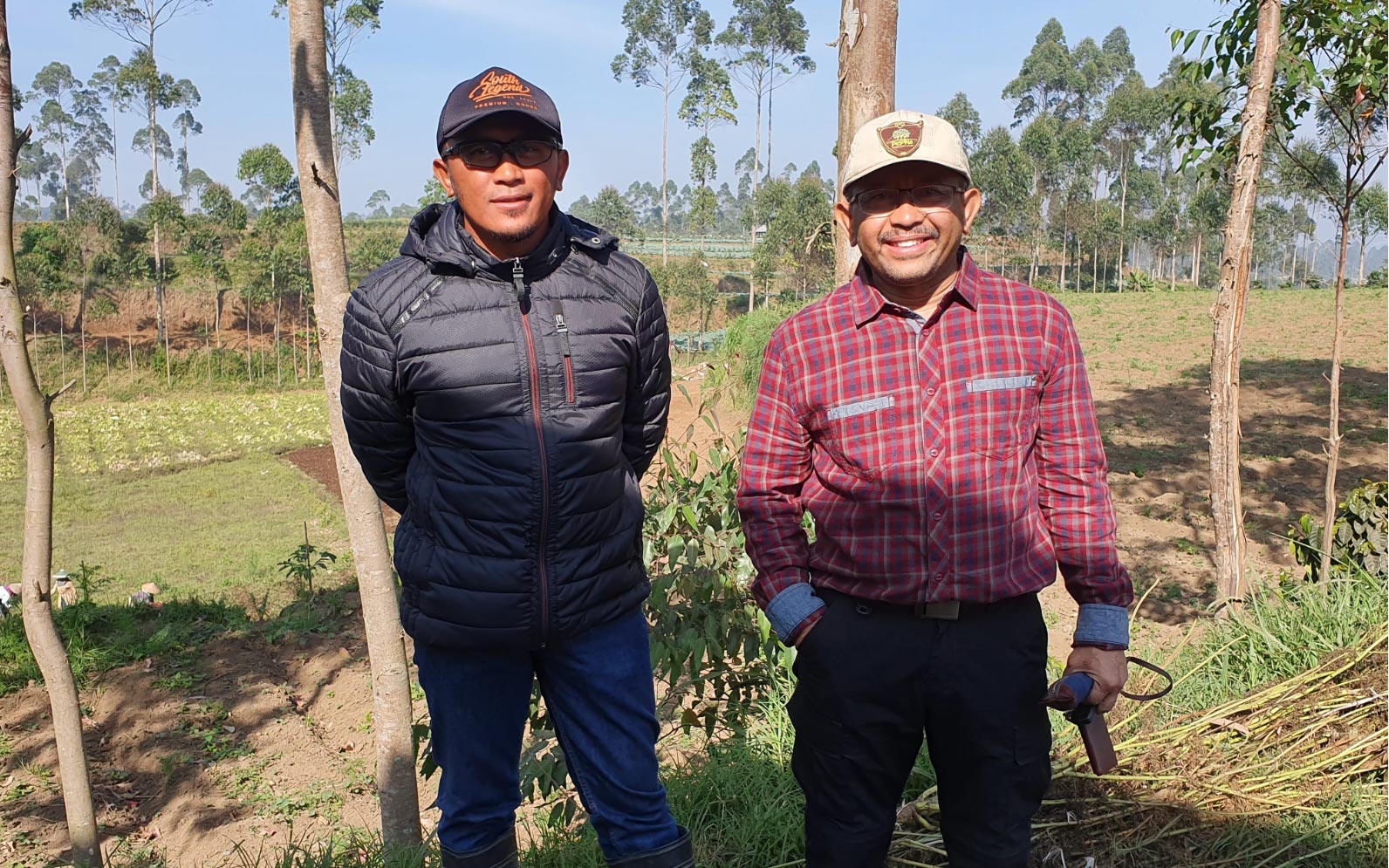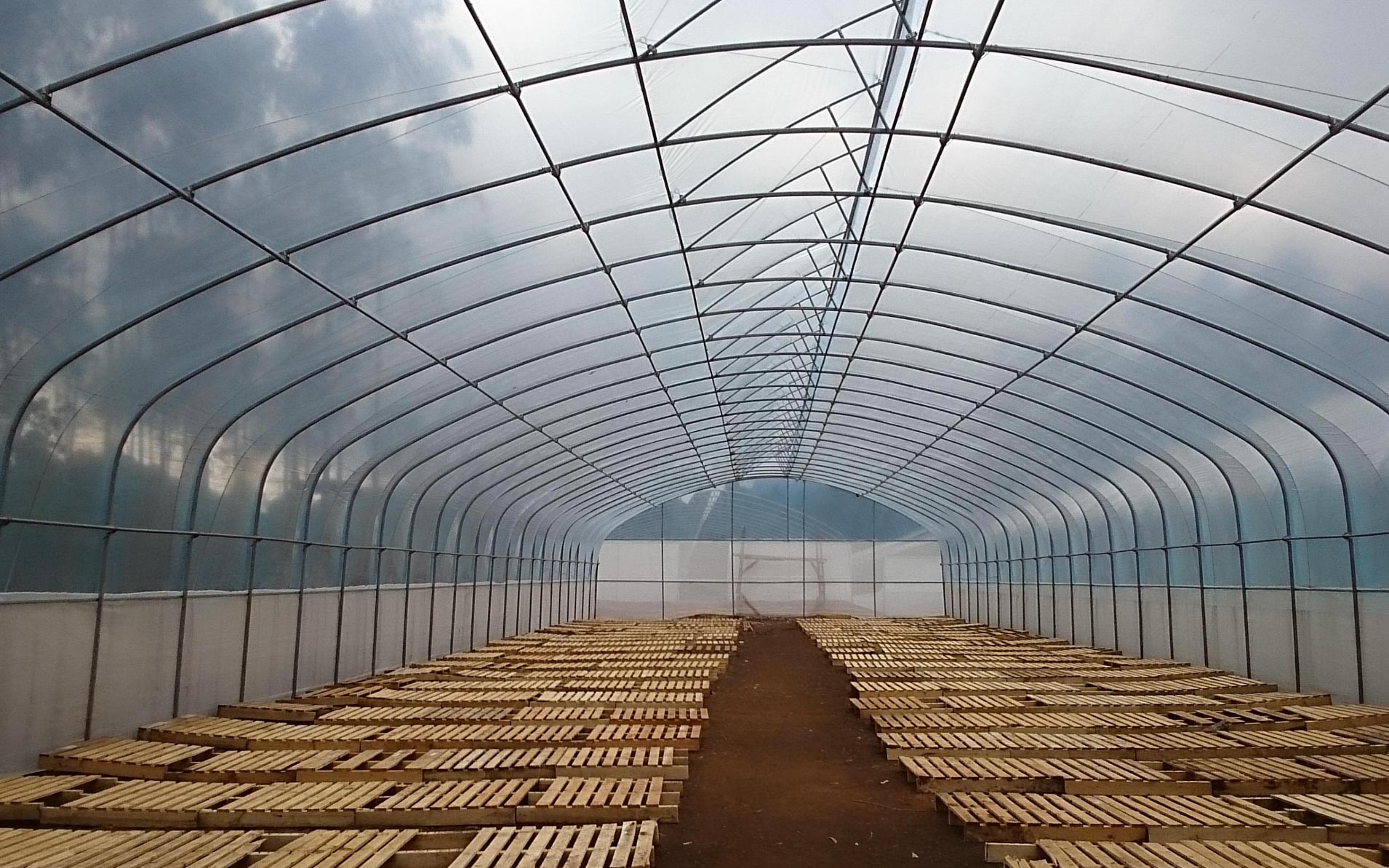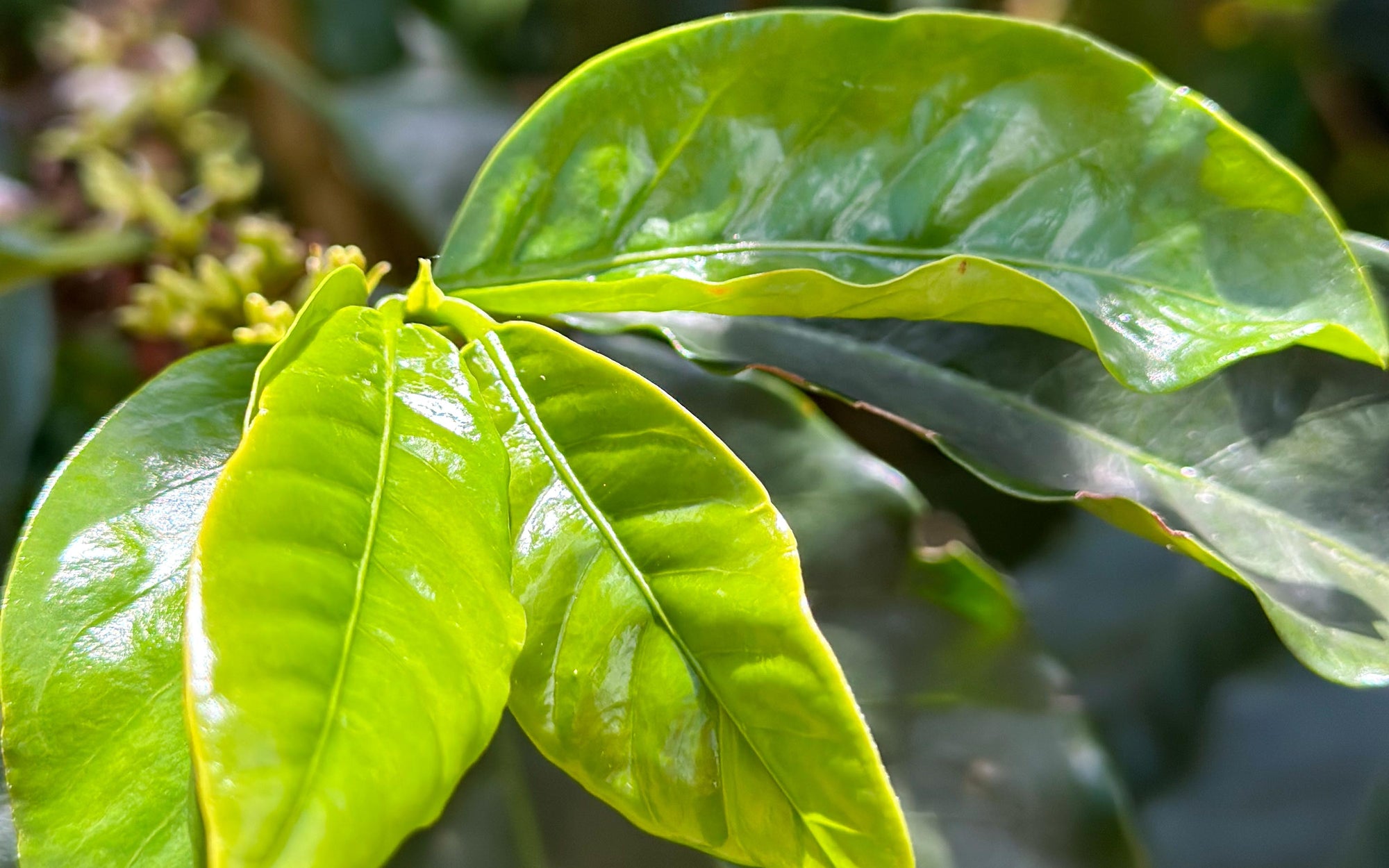Indonesia: An introduction to a coffee giant
Indonesia is the eleventh biggest producer of Arabica coffee in the world, and it was one of the first places (second only to Sri Lanka and India) to grow coffee after it was exported from East Africa and the Arabian Peninsula for cultivation in colonised countries. Coffee landed in Indonesia sometime in the late 1600s / early 1700s and Indonesia quickly became the biggest exporter of coffee until it was overtaken by Brazil in 1840. All this is to say it’s a really important coffee producing country with a long history!


Indonesia is an important coffee growing country but not one that we’ve been buying much coffee from until fairly recently. The process Indonesia is best known for is called Wet Hulling or Giling Besah, which involves not fully drying the coffee before hulling. Part of the reason for this is that it gets the coffee to market quicker for the person selling the coffee. Another reason is generally the climate in most coffee growing areas of Indonesia is very humid making drying difficult, and drying it after hulling is quicker and easier than before. In general though these traditional processing techniques haven’t always been conducive to producing the kind of clean tasting specialty coffee that we tend to buy.
Specialty coffee has boomed globally and more and more producers are turning to improved techniques and experimental processes in much the same way that more and more consumers are more discerning about the coffee they drink. It is also worth noting that with the increase of high quality and careful cultivation and processing wet hulled specialty coffee is possible, in fact we purchased one that we really enjoyed!
The estate we have primarily bought from in Indonesia is called Java Frinsa Estate, it is located in the highlands of Bandung in West Java.
Frinsa is owned by Wildan Mustafa and his wife Atieq Mustikaningtyas, they started the estate in 2010 and have grown it to incorporate five main farming areas spanning a total of 100 hectares.
They have a wet mill, well ventilated drying greenhouses, and a dry mill which means they can be in full control of their production from picking cherries to exporting green. The greenhouses in particular are a big change in Indonesian coffee that we’re seeing more and more of. To be honest the quality of the coffees we were first seeing coming from Frinse when we tasted them back in 2015/2016 were interesting but not really the sorts of coffees we look for. Wildan is very excited by experimental processing and produces some wildly different coffees, in the past we’ve found some of these coffees interesting but not really to our taste as a roastery that tends to favour clarity of flavour. This year was a marked step forward with clean sweet washed coffees really standing out on the table as well as the more process driven coffees seeming to have become more focused and sweet and a little less funky. We are really quite excited about them, and while we haven’t bought huge volumes this year we feel excited to work more closely with Wildan and Frinsa in the years to come and hopefully buy larger volumes in the coming years!





